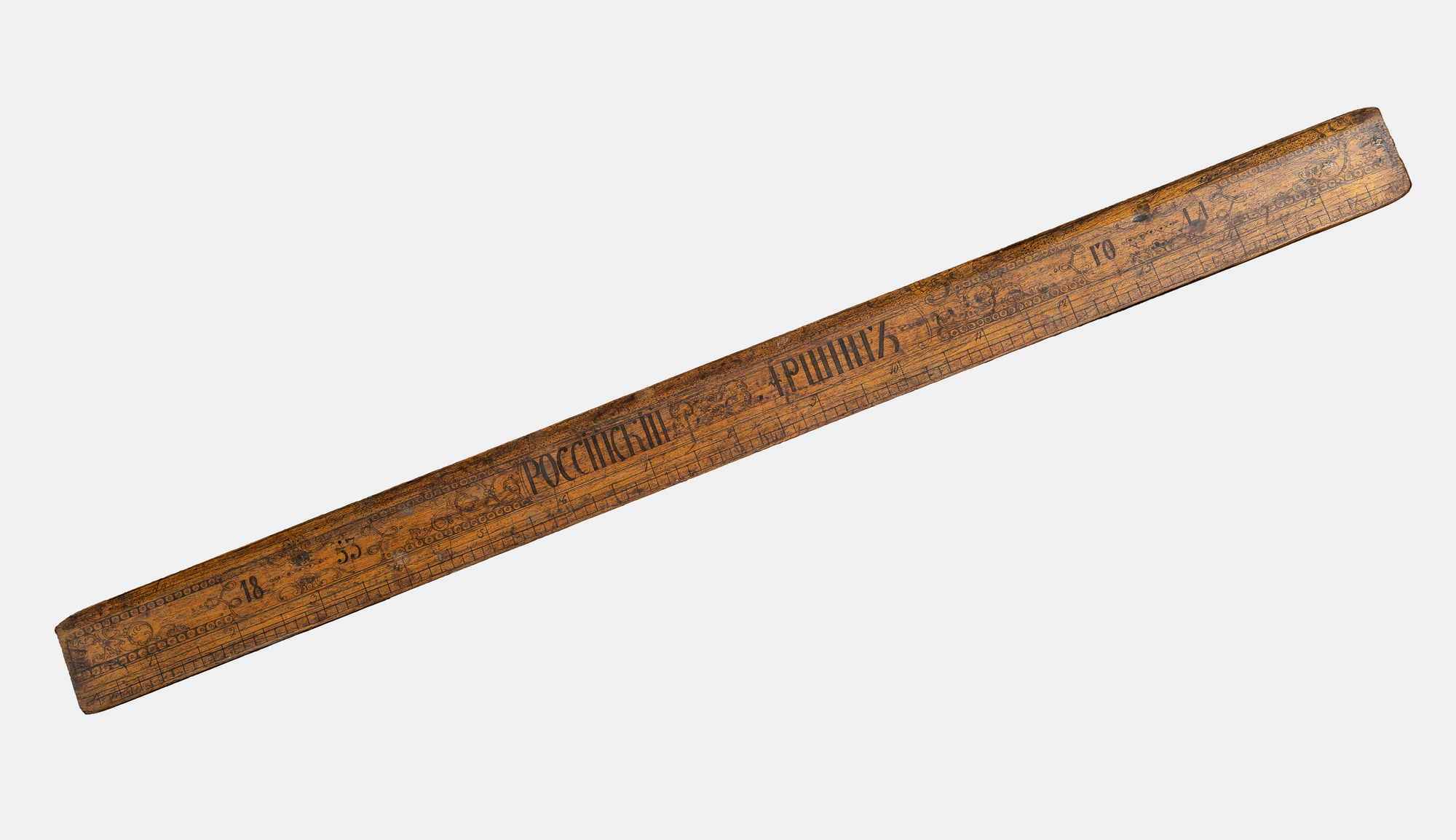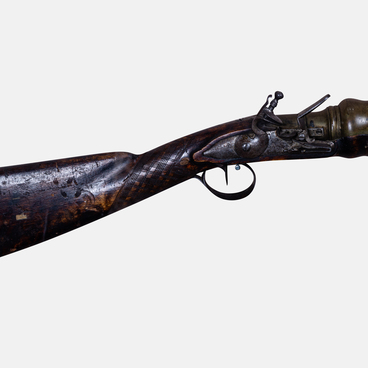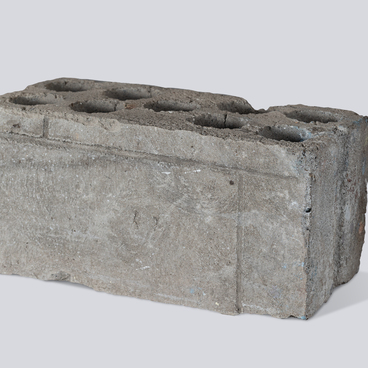The exhibition of the Ulyanovsk Regional Museum of Local Lore named after Ivan Goncharov presents a wooden arshin ruler which was donated to the museum in 1970 by an Ulyanovsk resident Galina Kazimirova. The front side features an inscription “Russian arshin” and the date “1853”. The ruler is divided into 16 vershoks. The reverse side has a dedicatory inscription: “I give it to Vasily Alexandrovich Voznesensky as something to remember me by.”
The system of Old Russian measurement units included the following basic units: versta (turn of a plough), sazhen (fathom), arshin (yard), lokot (elbow or cubit), pyad (span) and vershok (rack unit). The basic unit was the Russian cubit, called the arshin, which had been in use from the 16th century. This old Russian measure of length, standardized by Peter the Great in the 18th century, is of Eastern origin, and the word arshin was most likely borrowed from the Turkish language. The arshin measure was introduced into Rus along with Eastern fabrics, for which it was originally used. In the 18th — early 20th centuries, an arshin was divided into 16 vershoks or 28 inches and equaled 71.12 centimeters. A fathom consisted of three arshins. An arshin ruler was one arshin long with divisions marked on it. In 1899, the “Regulations on Weights and Measures” standardized the arshin as the main Russian measure of length.
The Metric System was established during the French Revolution. In Russia, the metric system was approved to be used along with the old Russian measures in 1899. The arshin, along with other old Russian units, was used in the USSR until the full transition to the metric system in 1927.
The word “arshin” gave rise to such obsolete words as “arshinnik” — a petty trader (of fabrics), “arshinnichat” — to engage in trade; “proarshinnichatsya” — to suffer losses amounting to an arshin’s worth of goods. In the old days, textiles that were bought by length were called arshin-long goods. There are also a lot of proverbs and sayings mentioning arshin: “An arshin will not lie, ” “Every merchant measures with his own arshin, ” “The beard is an arshin long, but the wit is a pyad short”, “One arshin for a caftan and two more for the patches, ” “As if one had swallowed an arshin” and others.


